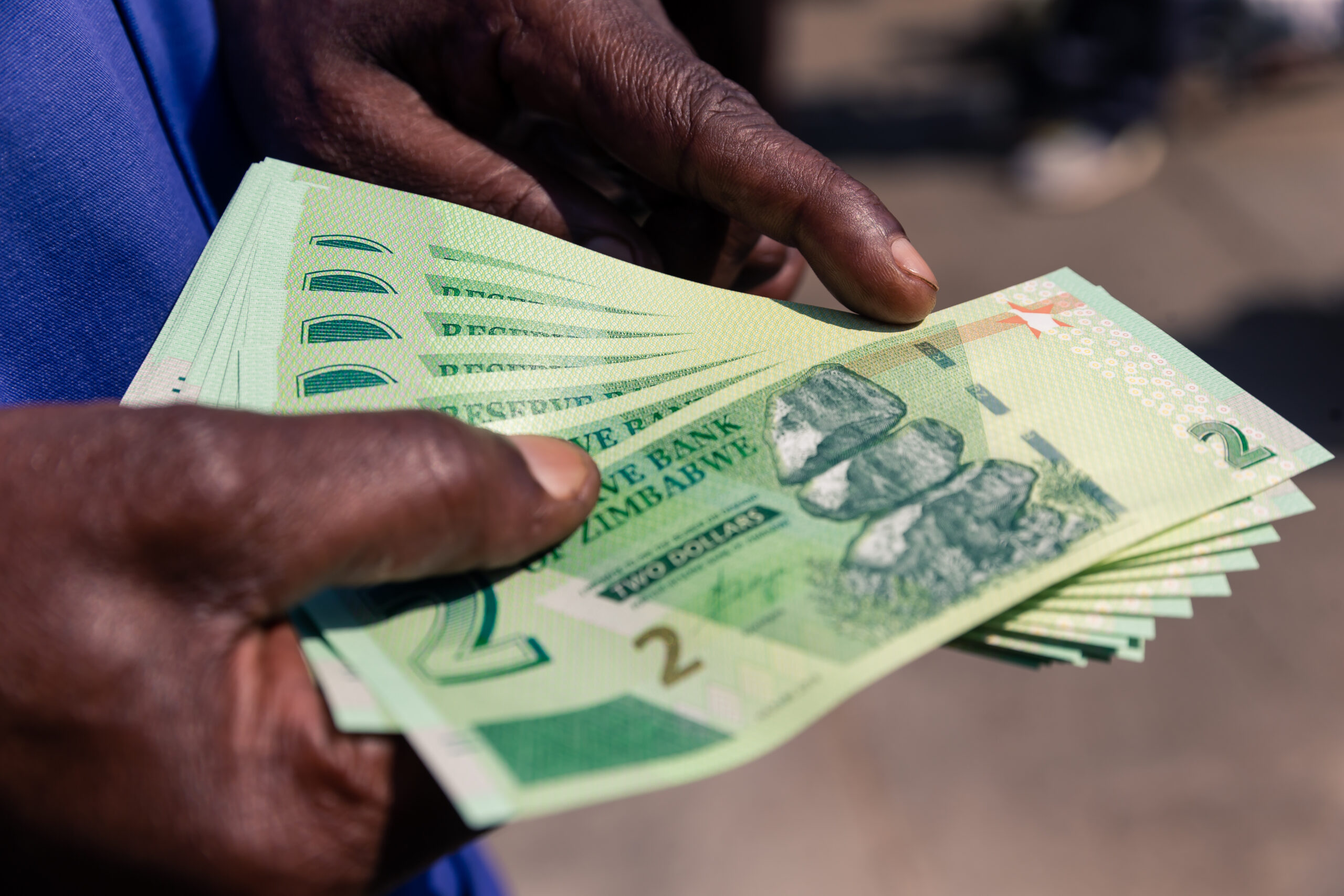Firms lament over currency depreciation
A number of ZSE-listed firms have lamented over high inflation and rapid currency depreciation experienced in the second quarter of 2022 saying this presented high operating costs and a decline in consumer spending.
In the quarter ended June 30, 2022, Zimbabwe contended with a fast depreciating local currency and relentless inflation which accelerated from 72,7 percent in March 2022 to 191,6 percent in June 2022 as the economic environment became hyperinflationary.
This, according to the firms, exacerbated customers’ inability to acquire goods as the real value of disposable incomes was inflation eroded.
An overall rise in prices over time reduces the purchasing power of consumers since a fixed amount of money will afford fewer goods for consumption.
The development has also seen firms struggle to price their merchandise owing to growing foreign exchange price differences on the formal trading platforms and that obtaining on the parallel market.
OK Zimbabwe (OKZim), in its first quarter trading update to June indicated that formal businesses are finding it hard to appropriately price their merchandise as the law requires companies to benchmark their charges with formal market exchange rate which according to OKZim, “is not as attractive as the rates offered in alternative unregulated markets”.
This has seen perpetuation of conflict between the Government and retailers as authorities promulgated SI 118A of 2022 which demands that formal exchange rate be a yardstick for pricing.
“This continues to impact competitiveness of our USD prices, impacting foreign currency collections,” said OKZim.
Prices of goods and basic commodities have lately been spiraling as a significant number of retail shops and service providers have resorted to forward pricing or matching prices to the prevailing parallel market exchange rate.
The rising inflation has presented a double-edged effect, upsetting both corporates and individuals.
According to sugar processor, starafrica’s first quarter trading update “heightened currency volatility has resulted in increased operational costs for the business and reduced consumer spending in the market.”
This is manifesting in form of high-cost pressures which have been compounded by the growing cost of funding which is inhibiting the firm’s ability to access sustainable funding for production.
Meikles indicated that the trading environment for the quarter under review was “unstable with annual inflation soaring,” which indisputably leads to incapacity to plan for the future, especially with regard to capital expenditure given the unpredictable predicament of the local currency
value.
Hippo, another sugar producer has since highlighted that high-cost pressures on account of rising inflation and exchange volatility manifesting in the economy are presenting overwhelming challenges to the company’s operations in the current milling season.
Adding on to economic headwinds induced by growing inflation, companies registered concern over the 200 percent interest rate increase effected by the central bank towards the end of June.
According to OKZim, “The 200 percent interest rate has made borrowing costs excessive resulting in liquidity pressures across the entire supply chain”, while cables manufacturer CAFCA indicated that the hike in interest rates will distress business.
“Obviously this will materially reduce profits,” said Cafca.
The varied firms are however optimistic that recently introduced policies by the Government will lead to sustainable inflation levels in the second half of the year.
In a bid to curb the inflation spike that has eroded the country’s currency, the Government introduced gold coins to reduce pressure on the US dollar demand which many had grown to consider as a hedge against inflation and the fast depreciating currency.
The deteriorating exchange rate against the United States dollar mostly on the parallel market has almost doubled in the quarter.-ebusinessweekly










